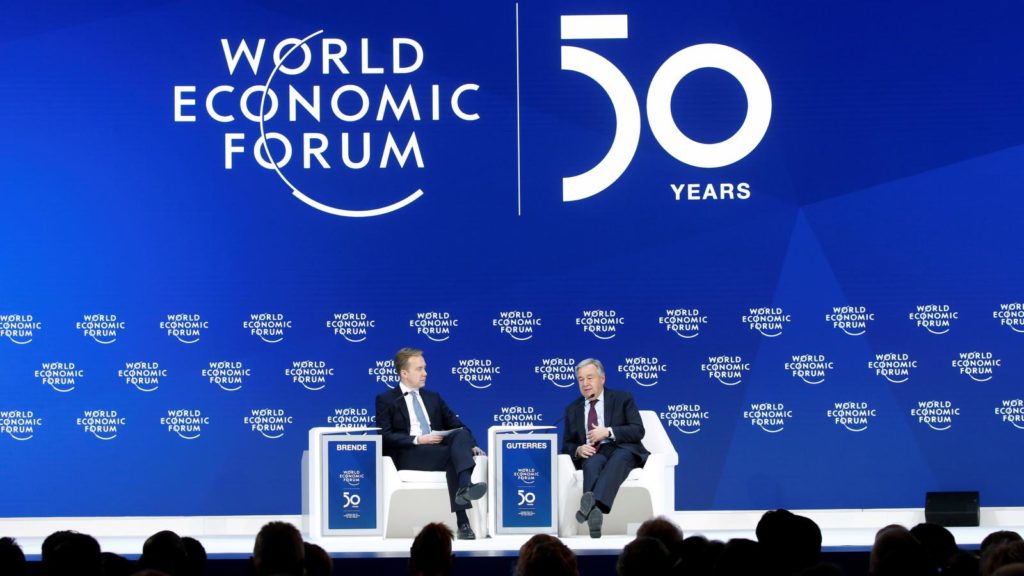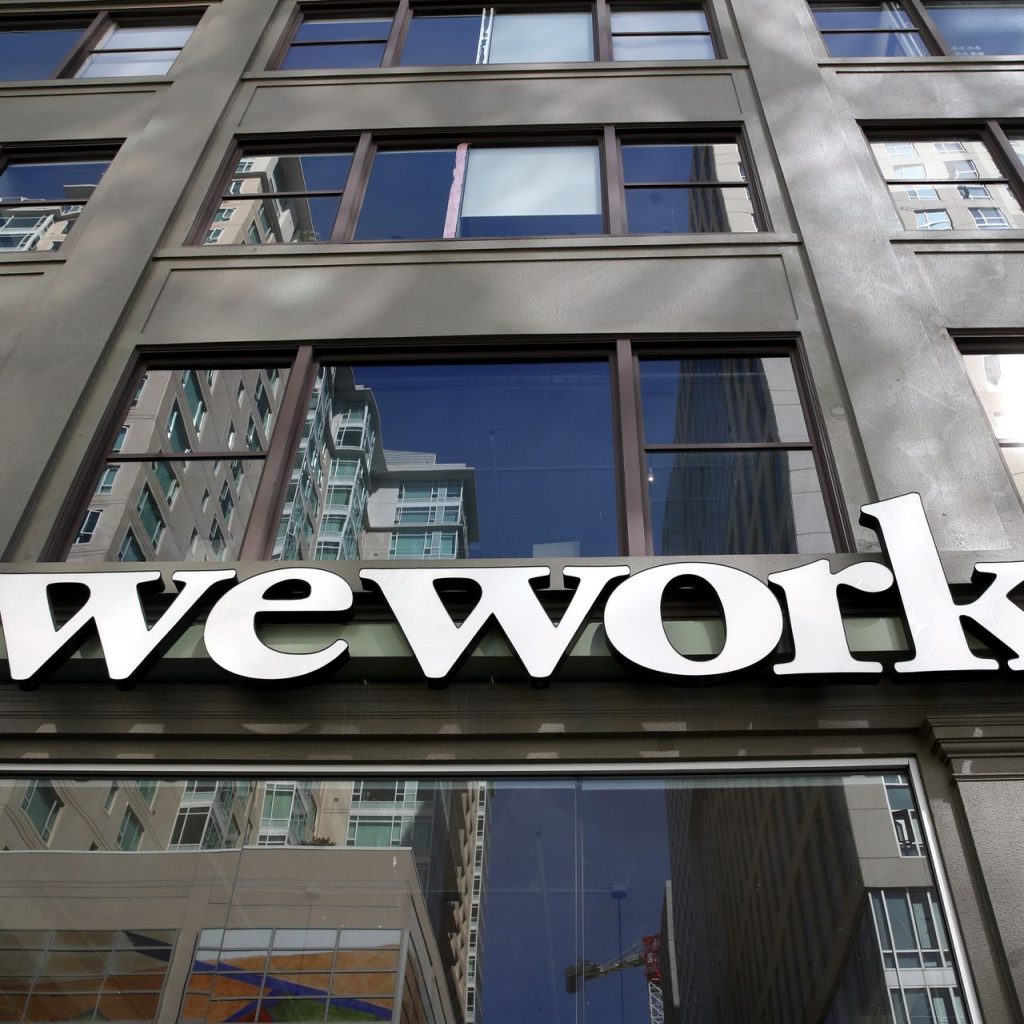In last week’s article on the World Economic Forum at Davos, Switzerland, we noted President’s Trump statement that, “There has never been a better time to invest in the United States . . . Come to America where you can innovate, create and build.”
One of the ways to encourage investment in the U.S. is by intentionally weakening the US dollar.
Over the past year – January 2017 through January 2018 – the US Dollar index has declined by about 15%.
Granted, a single year doesn’t make a trend. As the New York Times pointed out, the dollar is still up around 28% over the past six years.
But President Trump’s opinion is that the US dollar is too strong.
At Davos U.S. Treasury Secretary Steven Mnuchin commented that, “A weaker dollar is good for us as it relates to trade and opportunities.”
So we suspect that the declining dollar trend will continue for quite some time, although there will certainly be peaks and valleys along the way.
That’s because a weak US dollar accomplishes much of what Trump is trying to achieve as he makes America great again.
When the dollar is weak five things happen:
- Imports from other countries become more expensive, encouraging both business and consumers in the USA to buy from the USA.
- Exports from the US become less expensive for other countries to purchase because the dollar is weaker relative to their ‘home’ currency.
- Debt denominated in the US dollar is devalued, hurting foreign countries that hold a lot of assets based on the dollar . . . say China, for example.
- Domestic activity in the United States increases as more money stays at home rather than being invested outside of this country.
This last point will have a dramatic affect on those investing in tangible assets, because there will be more capital available for investment. In other words, there will be too much money chasing too few deals.
With this in mind, it makes sense to hedge risk by selectively investing in fixed income and equity funds that are less susceptible to volatility.
Next week we’ll discuss the fifth effect of a weak dollar – inflation – and the impact that has on investing.




